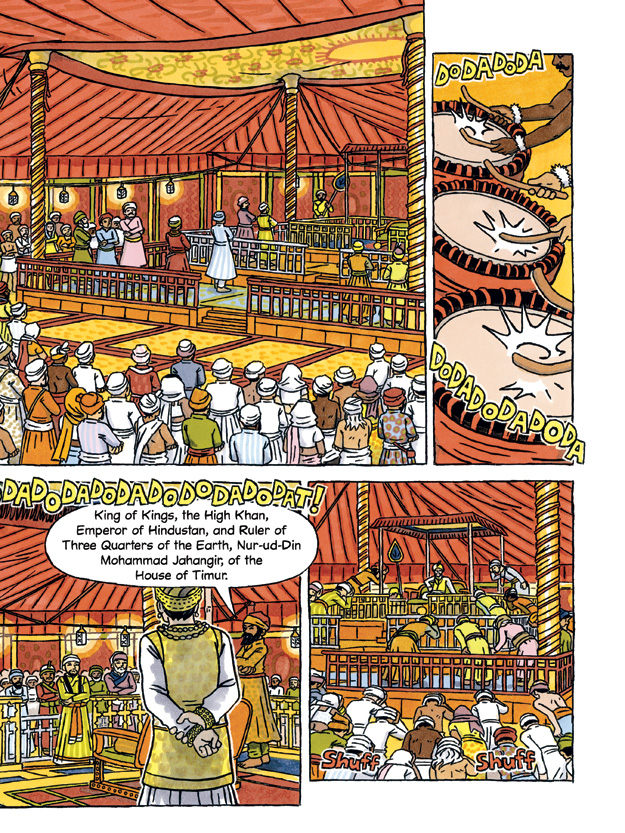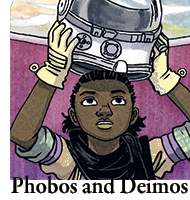Those Who May Speak 9
I had extensive descriptions of the layout of and protocol associated with Jahangir’s traveling court at my disposal when I planned this scene. So I’ll go out on a limb and say this is pretty accurate.
The outfits of Jahangir’s courtiers are worth noting too. The colourful dyes and patterns we typically associate with Indian outfits today are evident in plenty of period paintings, but at this time they would only be available to the rich. Poorer people could only afford plain white fabric. Wealthy people might be more likely to show up at Jahangir’s court, but poor people were certainly not excluded.
There was also very little discrimination against religion under the Mughals generally, and Jahangir in particular. There would be both Hindus and Muslims (and presumably Buddhists, Jains, and Christians) present at every level of his society. At this time Hindus and Muslims differentiated themselves by what side they tied their robe on (Muslims to the right, Chinese (by way of Central Asia) style; Hindus to the left, as you would never see in China), and to a lesser extent by choices in facial hair or turban-tying technique. The one exception to this golden age of religious tolerance was Sikhism. The Mughals made themselves enemies of Sikhs at every opportunity. But that’s another story.




Discussion ¬